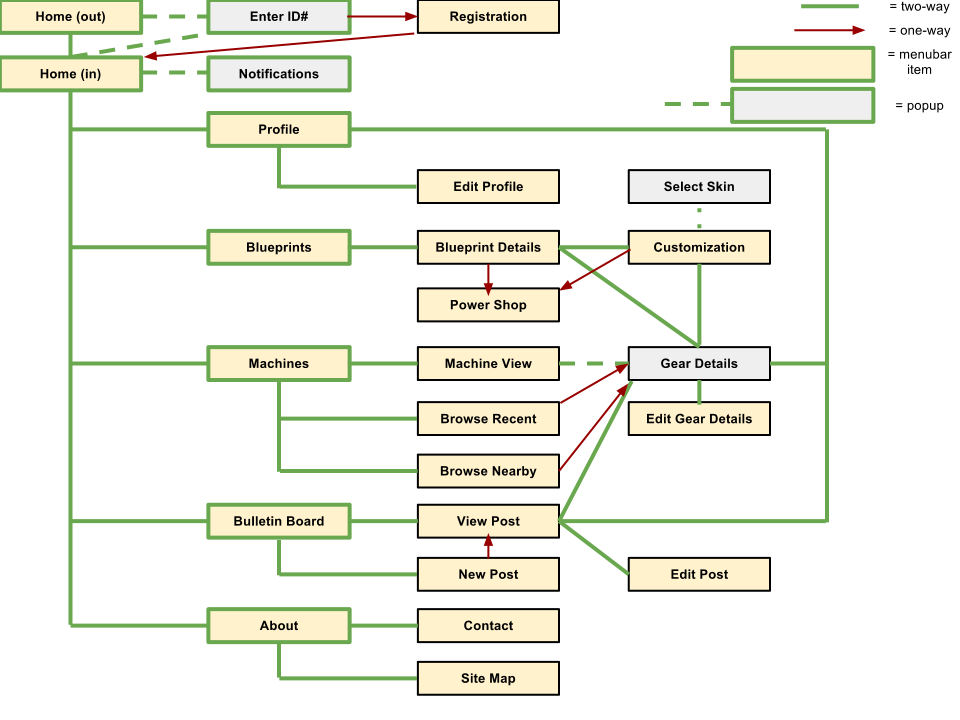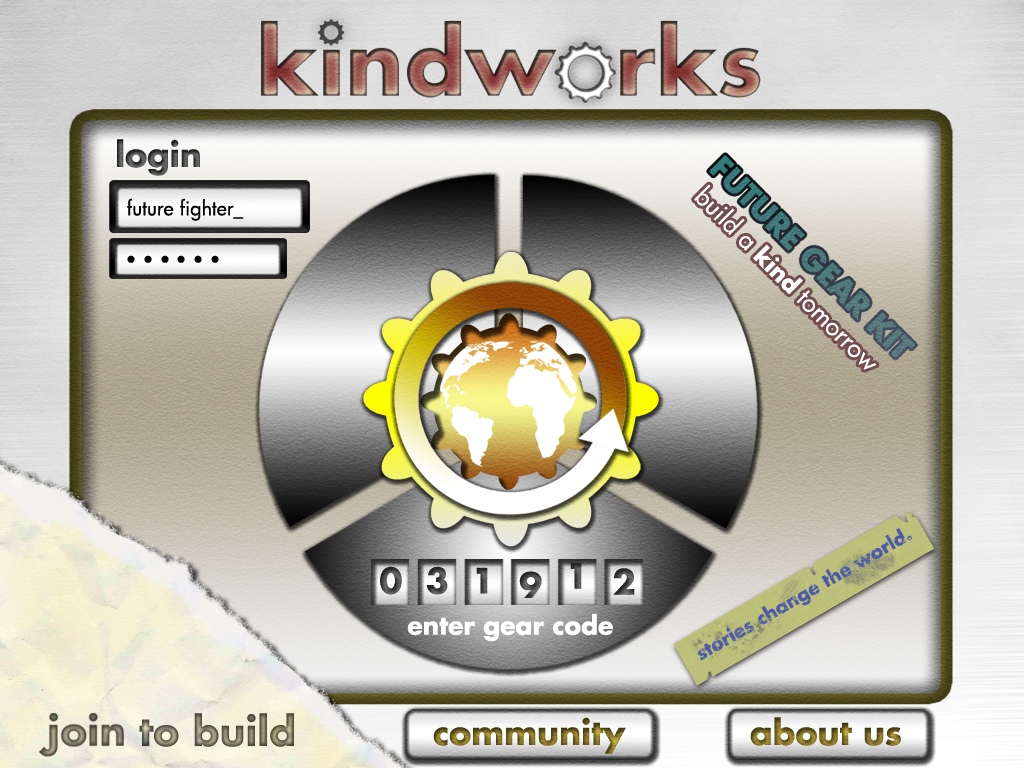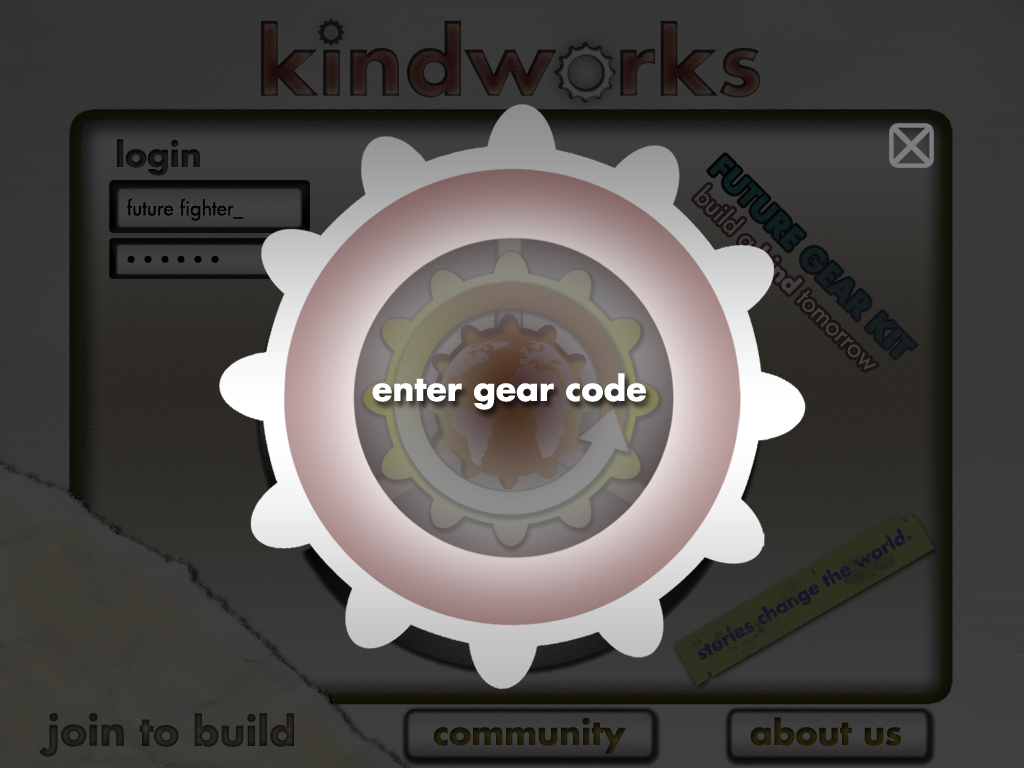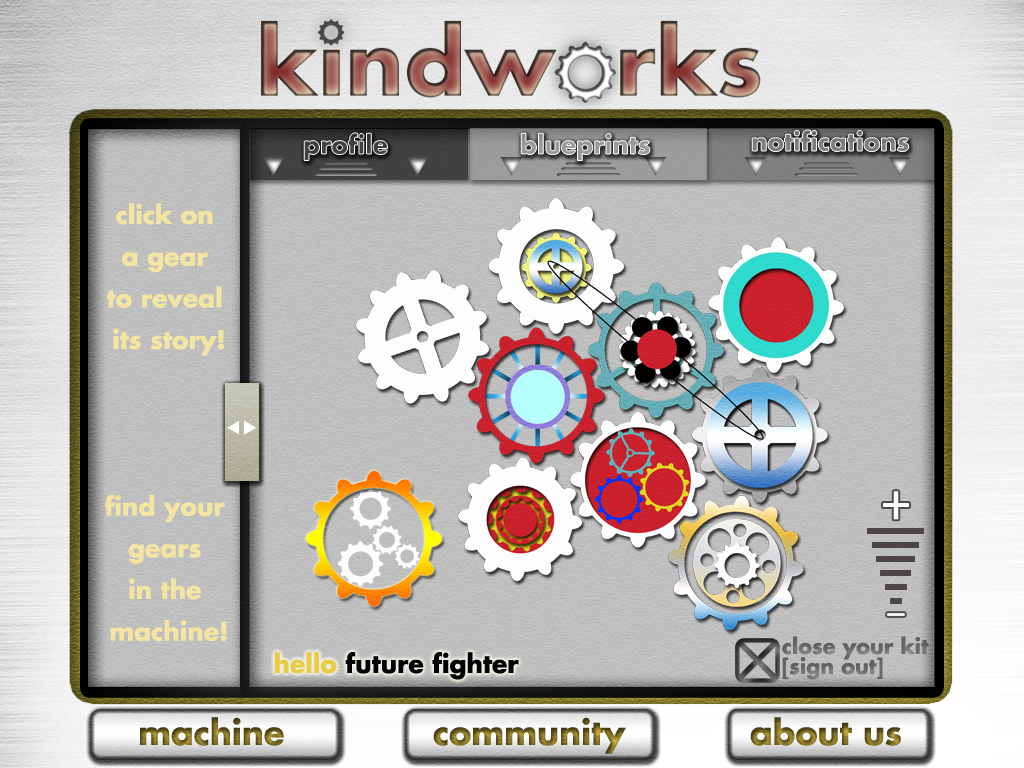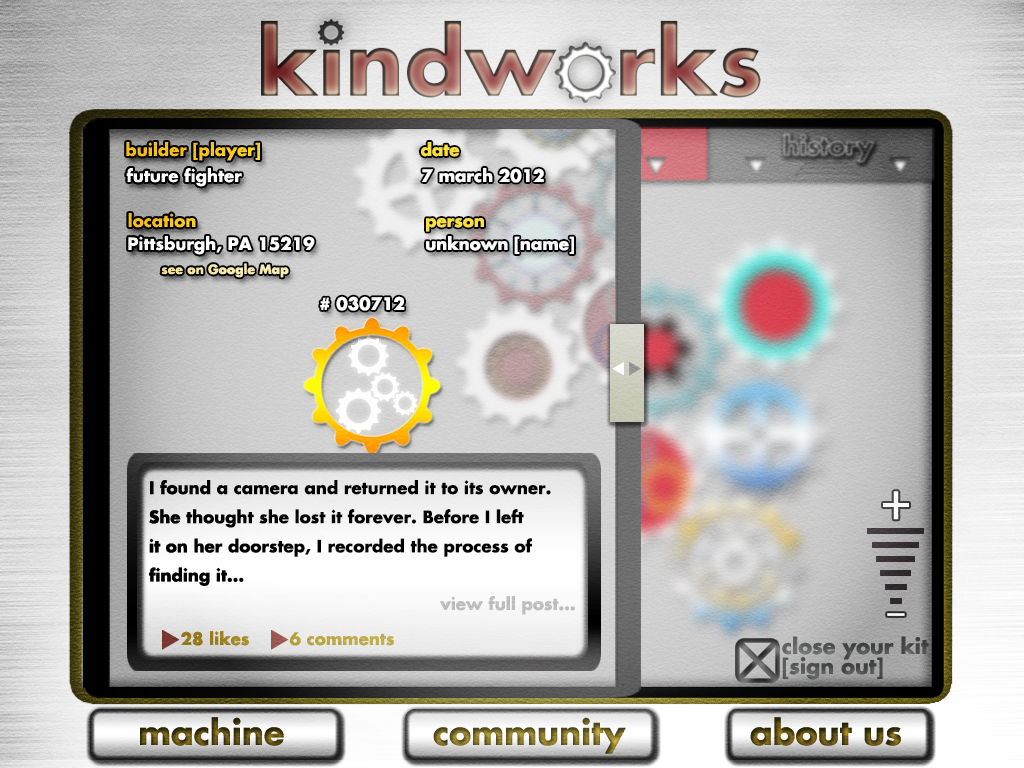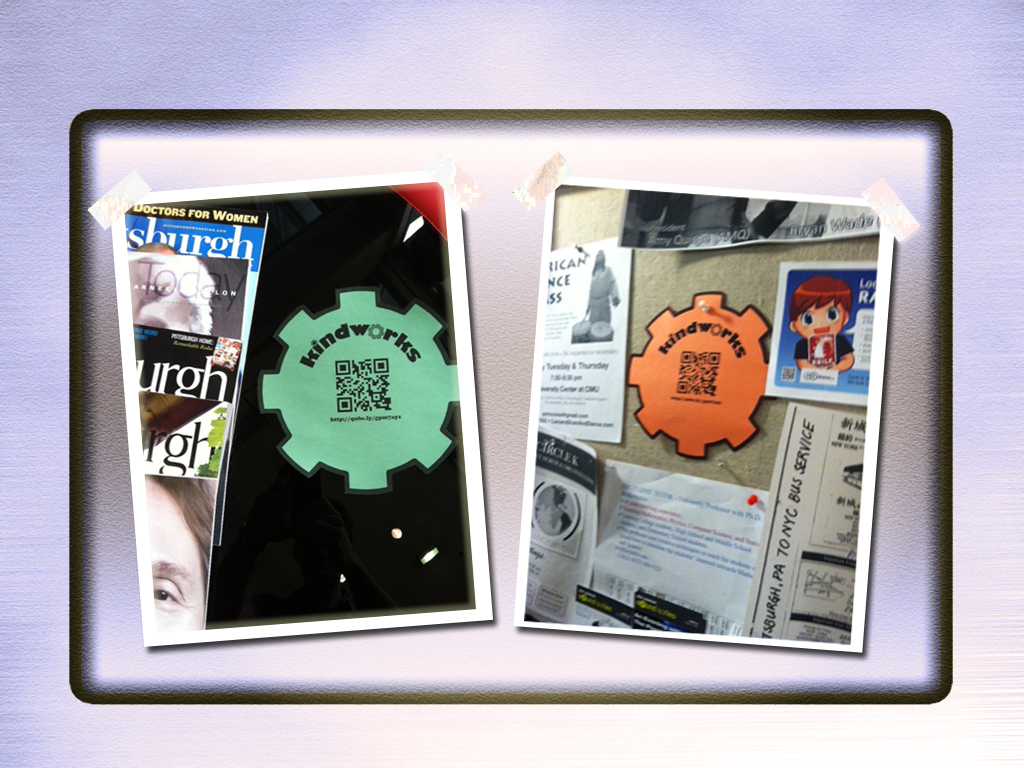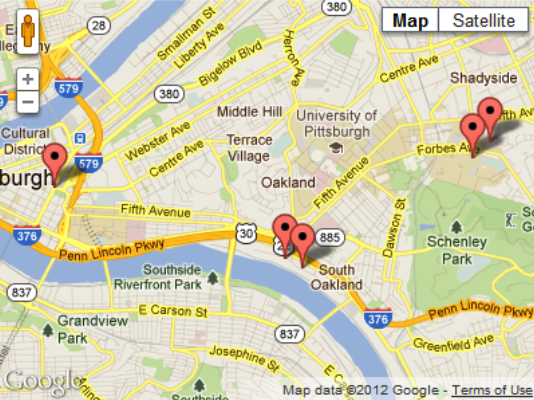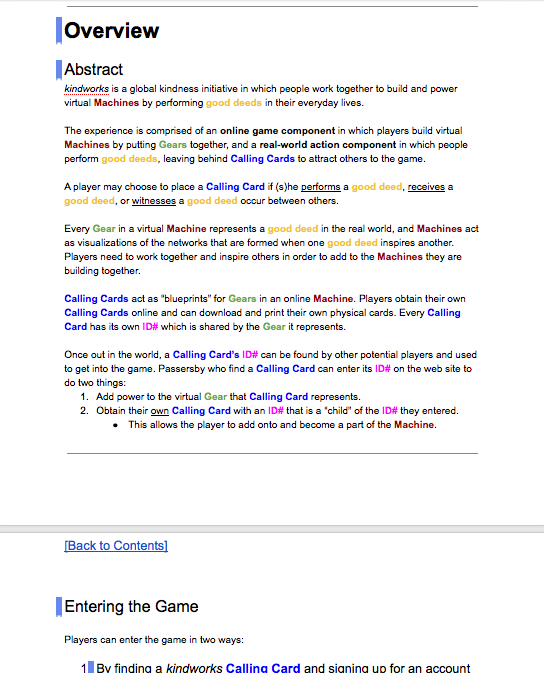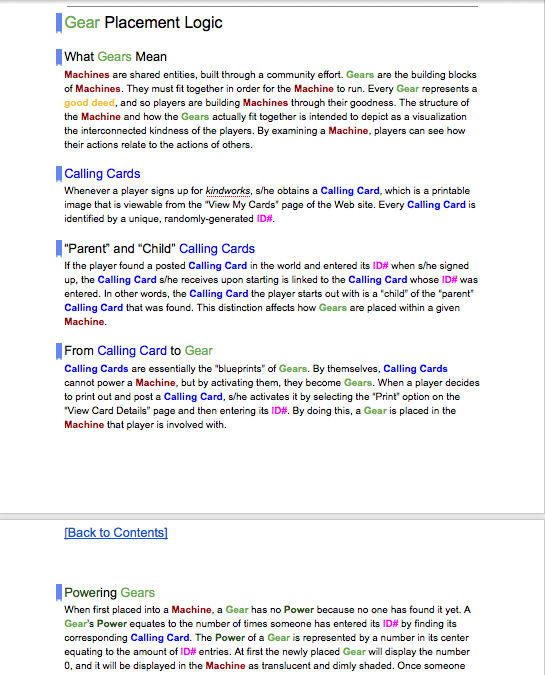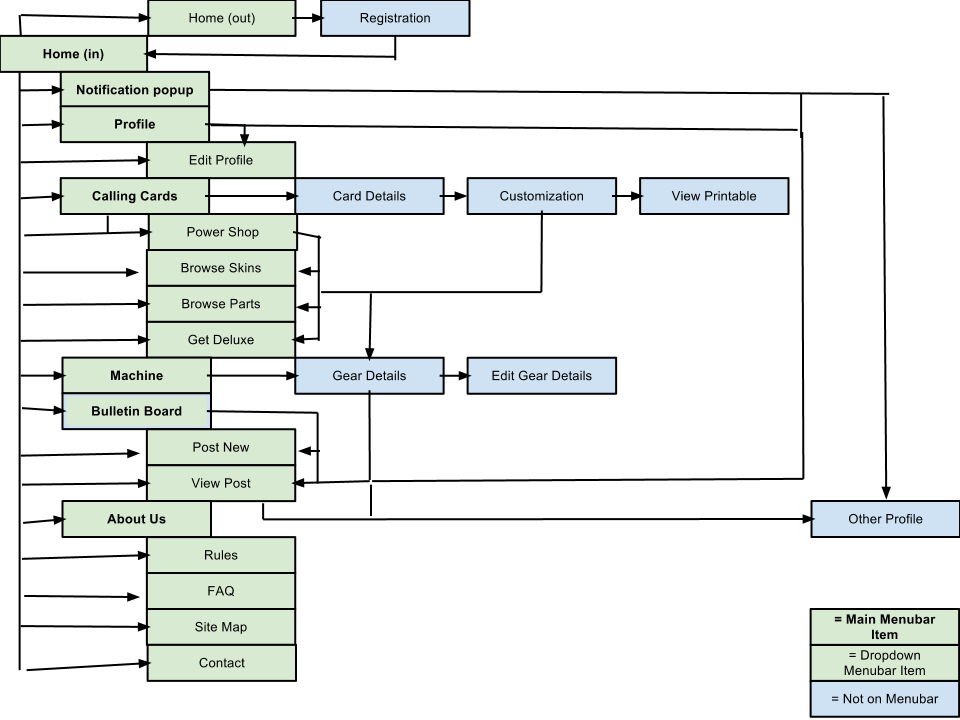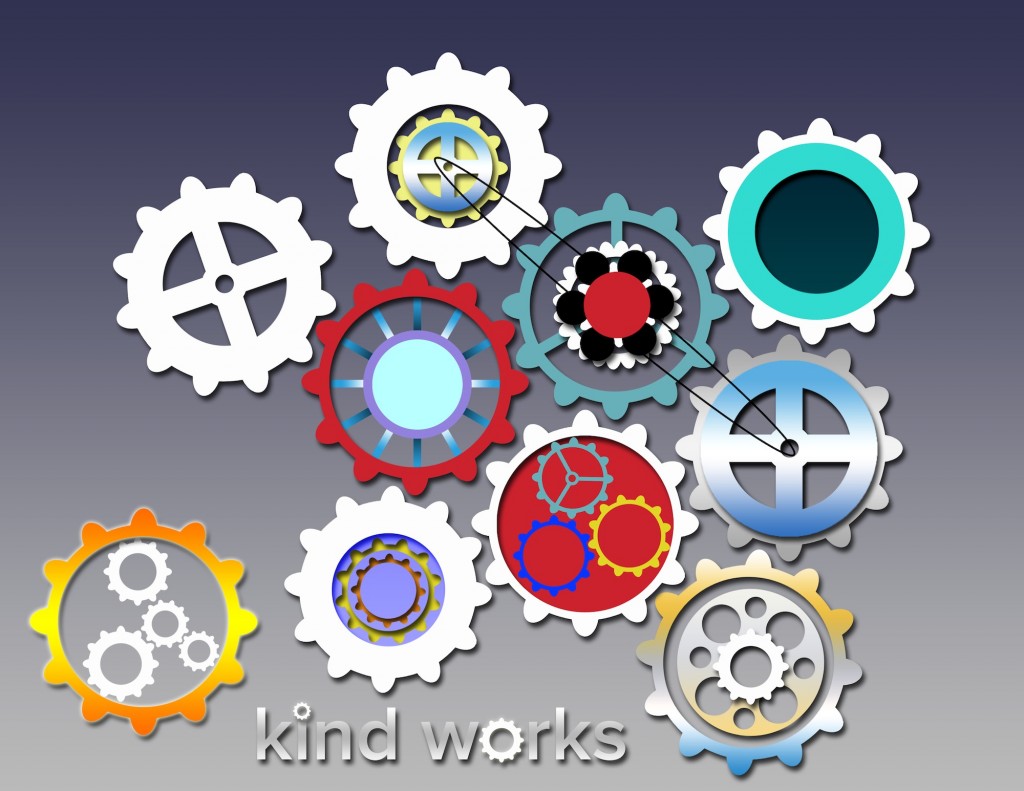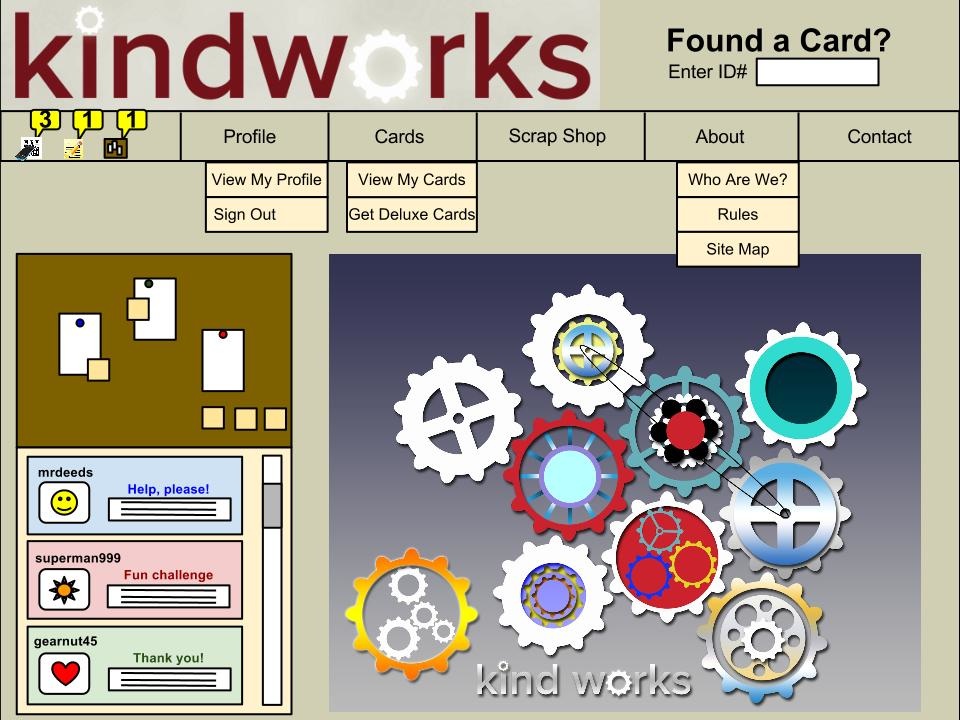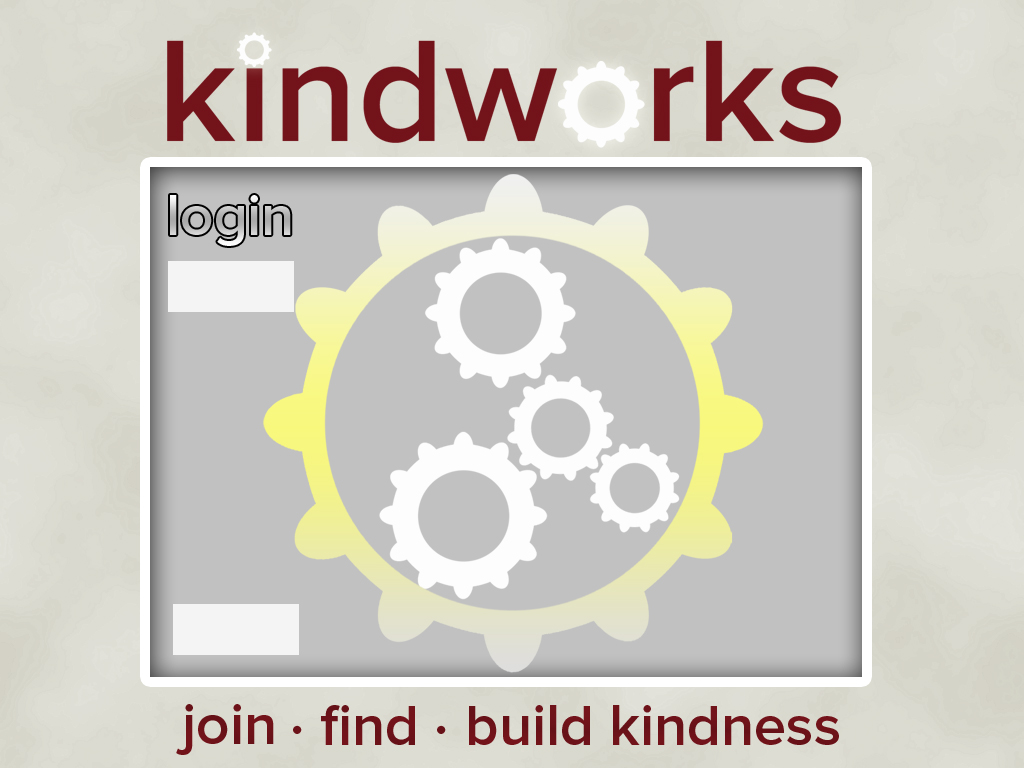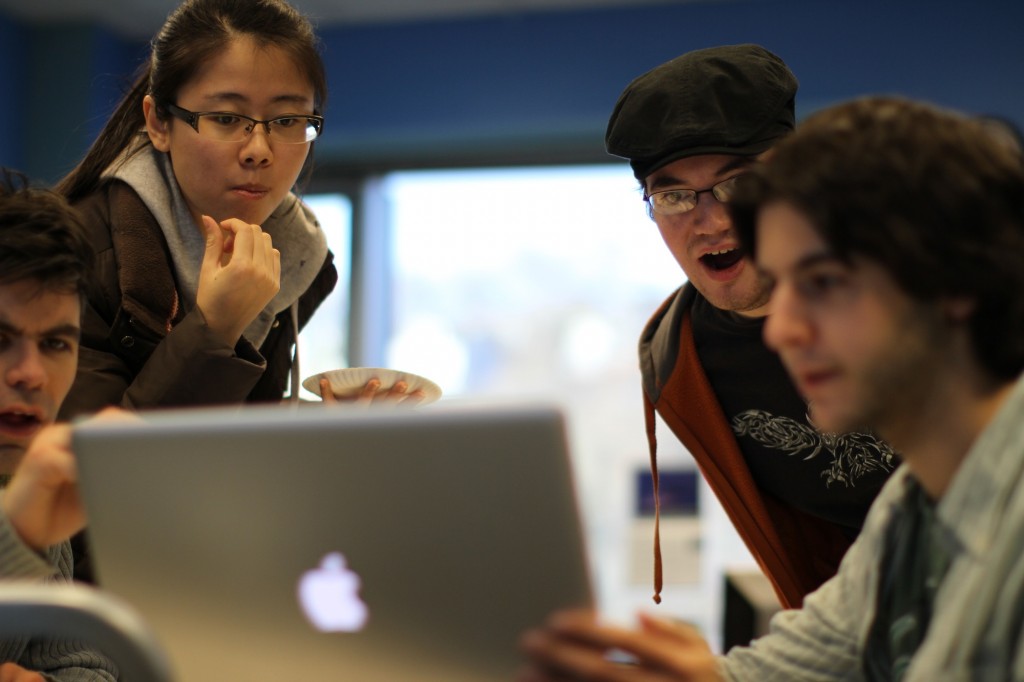[VIEW AS PDF]
Welcome Back!
In Week 2, the team’s focus was on generating ideas for the general flow and structure of the experience that is to be created. Alongside this process lay the pursuit of a team identity, as the foundation of the project website was established, and the team decided on its name, drafting some concepts for a logo.
Glatitude
The team has elected to call itself “Glatitude,” a name encompassing the values of gladness and gratitude that are core to the pay-it-forward concept, while also incorporating the word latitude, which touches on the geographical aspect of the project and its community-oriented focus. This name will be used to refer to the team and to the ETC project, but any experience or product created will likely be given its own name.
Boom Boom Cards
The team examined the Boom Boom Cards phenomenon as a starting point in their brainstorming exercises this week. Currently there are but a handful of pay-it-forward experiences, though none are heavily game-oriented. Akoha, a card game that ran from 2008-2011, utilized point values and assigned missions, and this seems to be the most gamified attempt at a pay-it-forward experience. Boom Boom is essentially Akoha minus the point designations, and seeks to foster a worldwide community through the card game.
Inspirations the team has taken from Boom Boom include the web portal through which users can share stories, search the different places cards have been played, comment on others’ posts, and view one’s deck. While the team may not follow a card model, the idea of some sort of traveling, trackable object is appealing. However, the greatest challenge associated with this method is the potential for guilt inherent in the playing forward of the object. Both Akoha and Boom Boom suffer from complications of extrinsic motivation and inherent guilt. Additionally, there were several other key weaknesses apparent in Boom Boom’s model, such as the lack of an elegant visualization for card history and the lack of any strong network between users.
Scope, Deliverables, Frameworks
A web portal for a game is something the team could easily create, and already investigations into WordPress features revealed plugins that connect with other media such as Facebook and Twitter. However, a mobile app, as Boom Boom provides, may lie beyond the scope of this semester. The team is still looking into ways mobile devices can enhance the experience (without being required for it) outside of the creation of an app. QR scanners, social media applications, and mobile-friendly interfaces for WordPress provide many possibilities.
The greatest question the team faces related to determining the scope and deliverables of the project is that of the game layer of the experience. Is the game a distinct entity that the real-world pay-it-forward behavior feeds into, as some sort of extrinsic motivator (i.e. Facebook games, virtual currencies)? Or is the game more of a meta-layer of the real-world pay-it-forward actions? A separate entity with a tied-in virtual currency would possess an inherent disconnect, while a metagame around paying it forward would be much more elegant and relevant. Thus, efforts this week were focused on devising ways to construct this metagame.
Game Structure
Currently, prominent ideas the team has been discussing are those of collection and competitive elements. Players could obtain sets of artifacts (objects, analogous to the cards in Boom Boom and Akoha) consisting of random elements, much in the way trading card packs are assorted. The goal could be to collect every element of a larger set, each pack being one attempt at getting closer to that goal. Players would obtain an initial set when they first come to the game, and additional sets could be acquired only after playing forward each element of a set. Elements could have varying degrees of activation, becoming upgraded by being played forward, and upgraded again when the recipient shares a story of the play online, establishing a connection. Players could also receive additional elements when elements they played forward are played forward subsequently.
The community-forming aspect of the experience would constitute building and competitive gameplay elements. For every play, if both the giver and recipient share a story of the event, a connection could become established, represented as two nodes on a map joined by a line. Every player involved in the game would be represented as a node, and every connection formed could be joined to an existing network. In this way communities could be formed. Communities could be listed in order of ranked size online, and a goal could be to become the largest community, or to merge with other communities, fostering a sense of friendly competition, or a desire to strive.
Moving Forward
The next step for the team is to solidify this general structure of the experience, through the acts of paper prototyping and creative brainstorming. As per client George Blobe’s suggestion at this week’s Skype conference, the team will be crafting a manual experience representing the basic elements before adding technology to the consideration. This technique should be helpful in establishing a sound concept. The team is currently utilizing a list of two dozen brainstorming techniques provided by faculty advisor John Dessler to aid in their thinking, and will continue to do so next week. One of the challenges currently is to devise an artifact that can be passed forward, encapsulate the idea of a good deed free of obligation, be collectible, and make the player want to get involved in the game.
In the next week or two the team also should be settling on the exact form of the project deliverables, performing a feasibility analysis to do so. As the game structure becomes more defined, so too will the sense of what resources are required to create it. Outreach efforts will be kicked off with a Skype conference with Clay Heaton on Tuesday, and by the end of Week 3 a team logo and poster will be completed. Thank you for reading, and expect some key updates by February 3!
>>>

